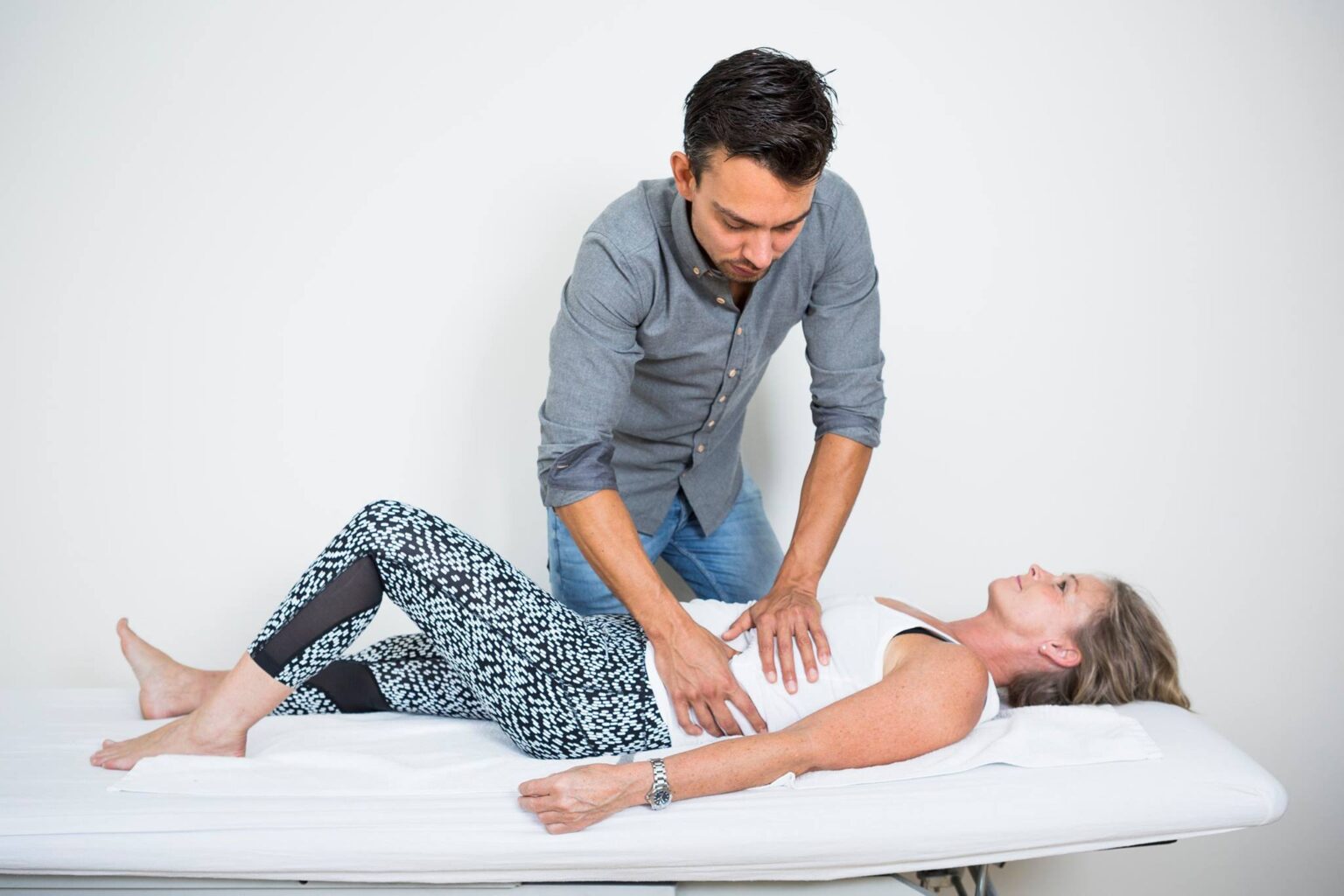We treat
Menstrual pain
Learn more about menstrual pain on this subpage.
What is dysmenorrhea?
Up to 50-90% of all women experience menstrual pain. For many, these are experienced as a heaviness or cramping sensation in the lower abdomen, which is normal during menstruation. These sensations are caused by a substance called prostaglandins, which are intended to generate strong contractions of the uterus during menstruation.
Jump to section [Show]
The effect of menstrual pain
A lot of women suffer from severe pain during menstruation, in technical terms called dysmenorrhea. Among these, a number of young women have to take sick leave from school or work one or more days per month.
Typically, discomfort is experienced in the lower abdomen, back pain and pelvic pain radiating down the thigh. But also heavy bleeding, spotting, digestive problems, nausea, headache, diarrhea or heat and redness in the face can occur.
Dysmenorrhea is divided into two subgroups:
Primary dysmenorrhea
Secondary dysmenorrhea
Primary dysmenorrhea
Defined by severe menstrual pain without a disease-related cause and instead caused elevated levels of prostaglandins. As mentioned above, these are the cause of the contractions of the uterus and thus limit the blood supply, with local oxygen deficiency and increased pain stimuli as a result.
Primary dysmenorrhea occurs just after puberty, where the pain starts a few hours before or together with menstrual bleeding and lasts one to two days.
Contributing factors to primary dysmenorrhea::
- Early menstruation
- No previous pregnancy
- Heavy and prolonged menstrual bleeding
- Smoking
- A BMI over 20
- Psychological factors such as trauma, depression and anxiety
- Changes to social network
Source: journals.lww.com

Secondary dysmenorrhea
Defined by severe menstrual pain after a longer period of normal menstrual pain and most often affects women between the ages of 30 and 40. Secondary dysmenorrhea differs from primary by having structural changes as a cause.
This includes:
- IUD irritating the uterine lining
- Endometriosis
- Scar tissue from previous surgeries or other diseases
- Muscle knots
- Functional problems such as hormonal problems, portal hypertension (increased pressure in the venous system) and stress.
Source: my.clevelandclinic.org
Treatment of dysmenorrhea
Medical: The pain is traditionally treated with NSAIDs and paracetamol. Hormonal treatment is also used with birth control pills or a hormonal coil, which regulates menstruation and thereby achieves pain relief.
Osteopathic: Through a holistic examination, symptoms and possible causes of the dysmenorrhea are investigated. This leads to targeted bio-psycho-social treatment of the nervous system, the respiratory and circulatory system, the endocrine system, the organ system and the biomechanical system, where limitations and stress factors are addressed.
Studies have shown that osteopathy is an effective way to relieve pain and increase quality of life for people who live with dysmenorrhea as part of their everyday lives.
Source: ijmrhs.com

What can you already do now?
- Reduce caffeine intake
- Avoid smoking
- Avoid alcohol
Good advice about menstrual cramps

Often related pain

Ovarian surgery

Hysterectomy
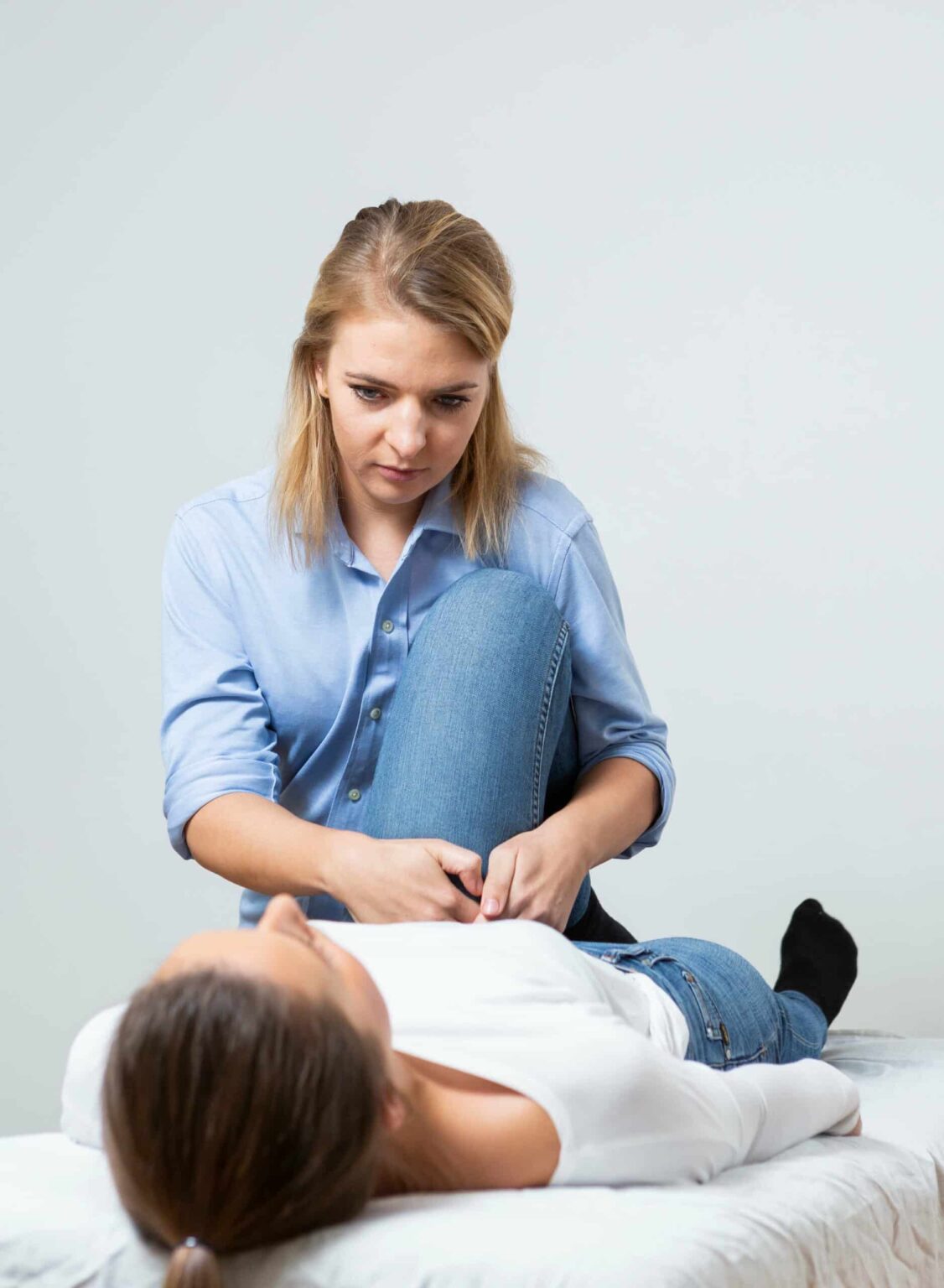
Endometriosis
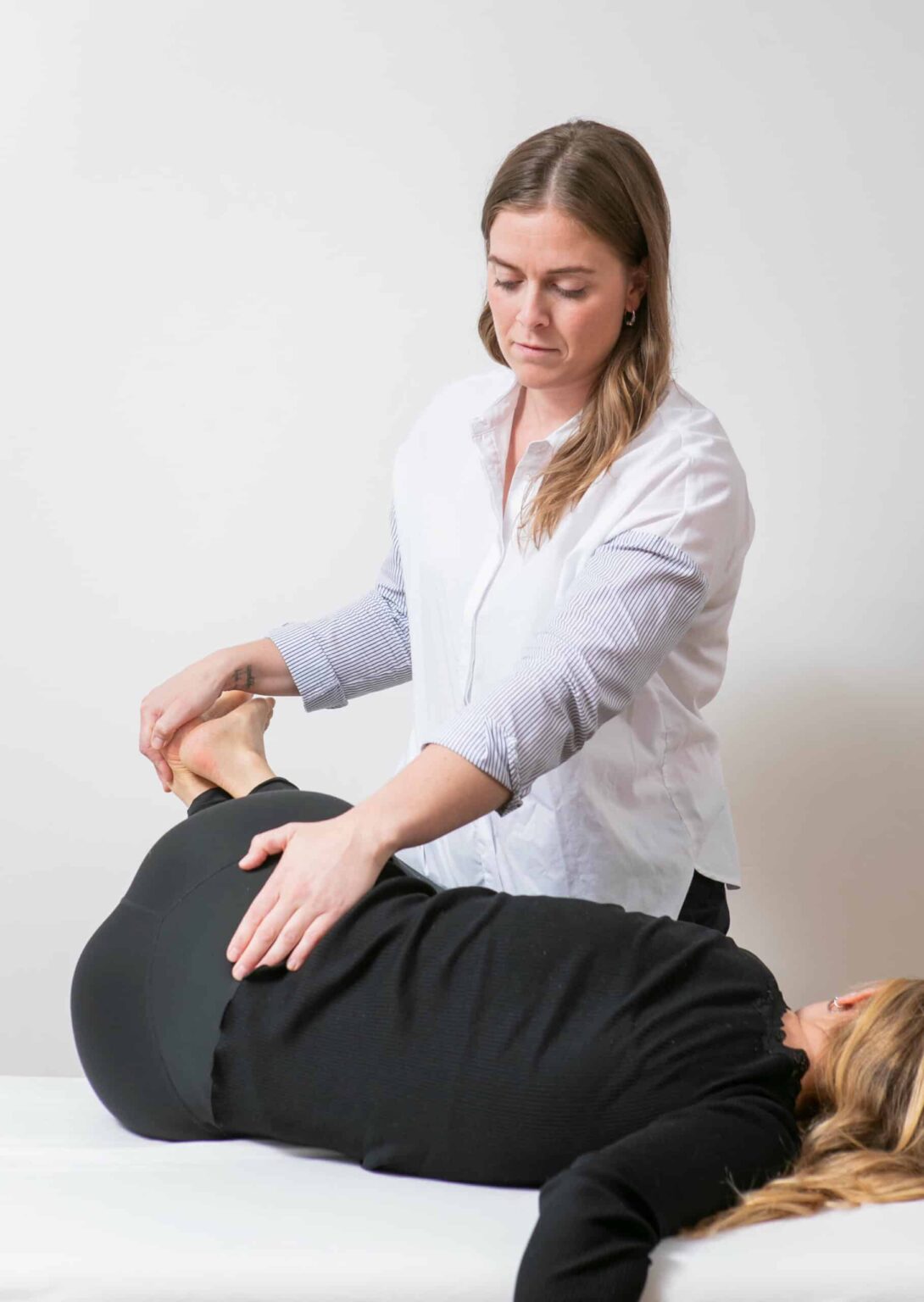
Pelvic pain
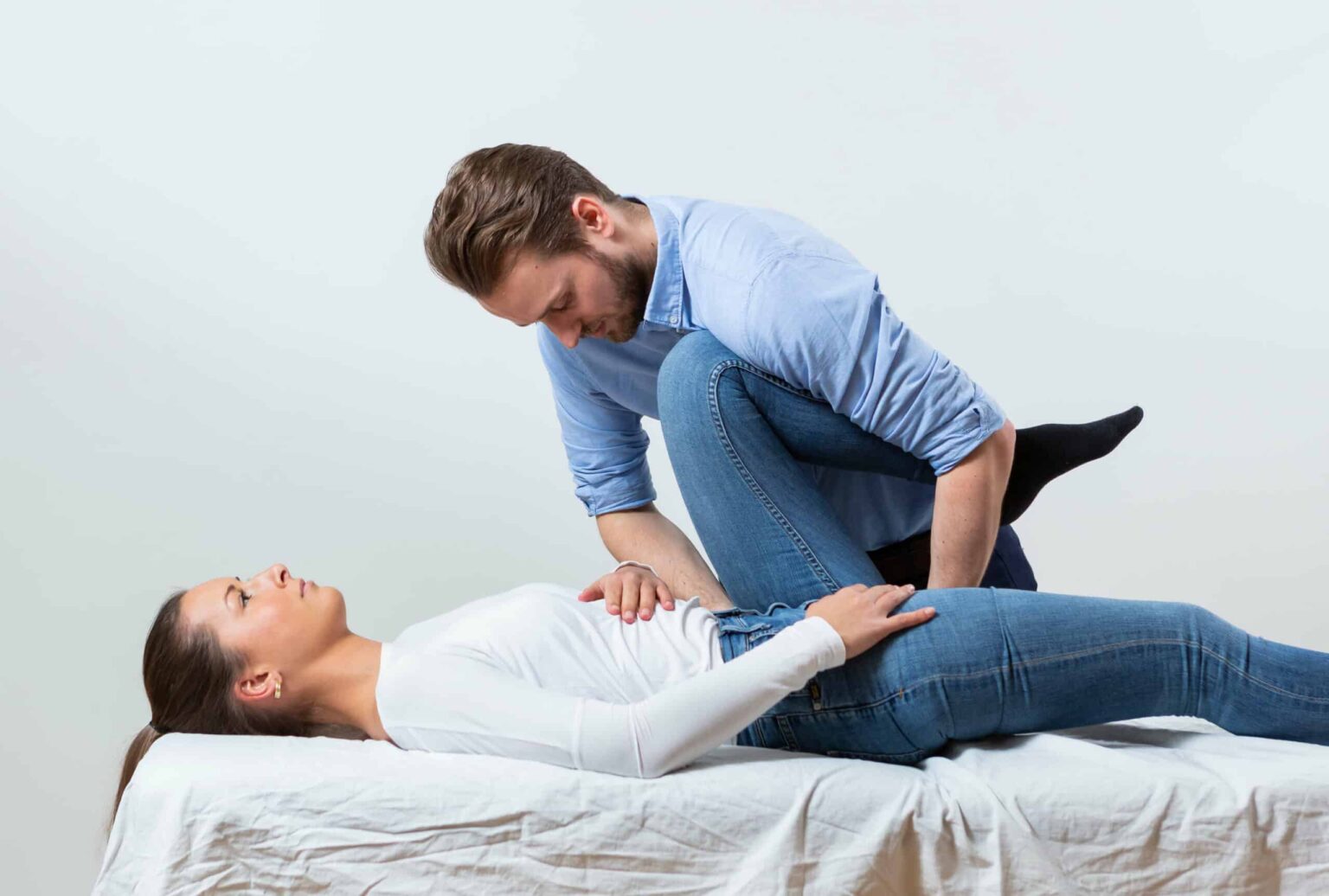
Menstrual pain
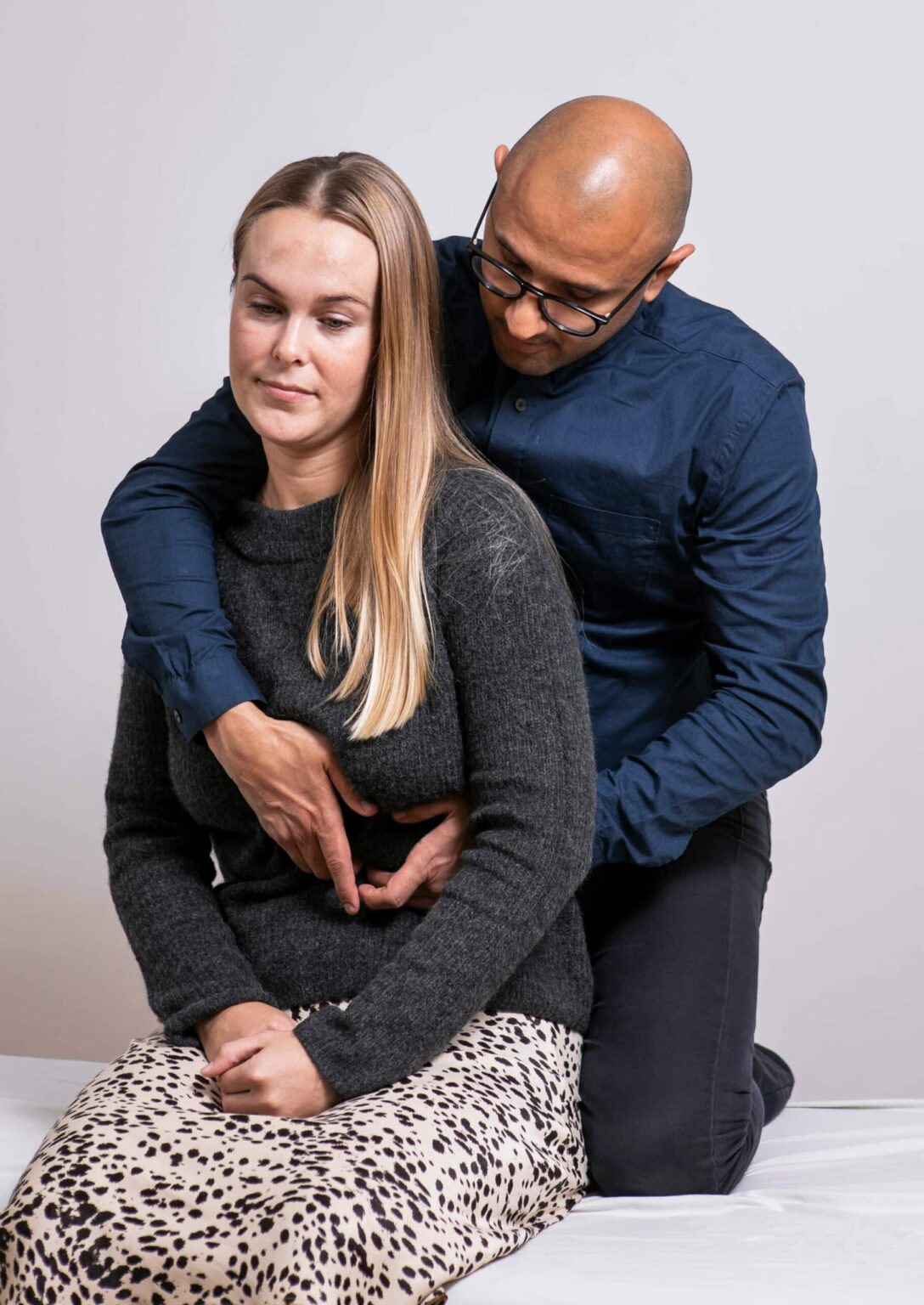
PMS
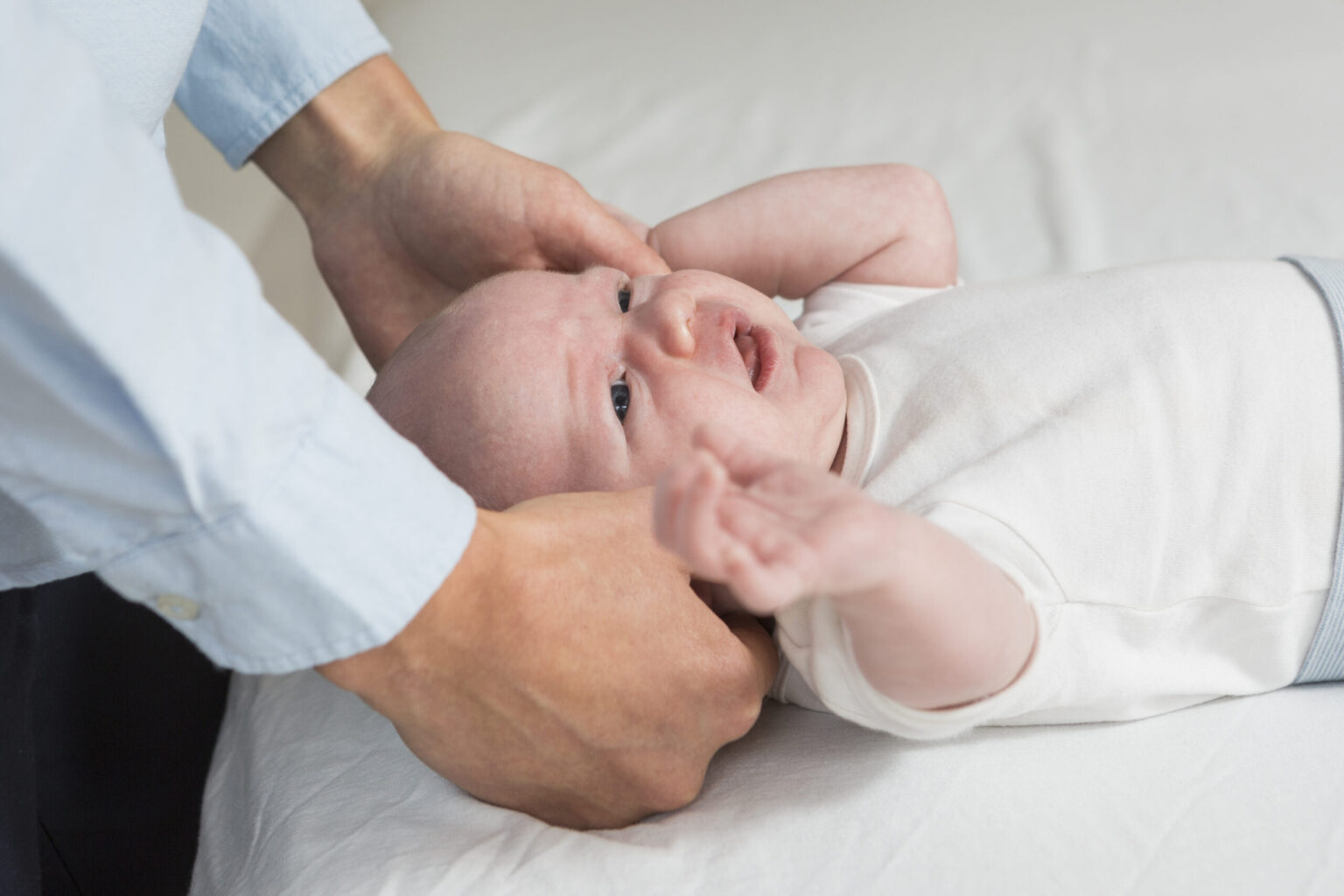
Involuntary infertility
